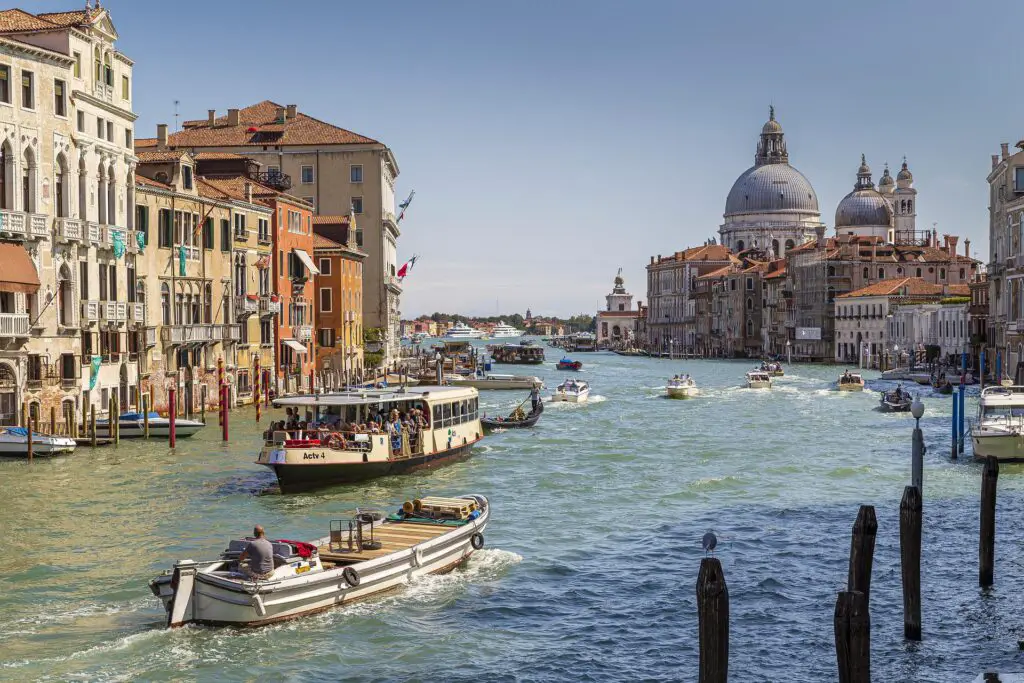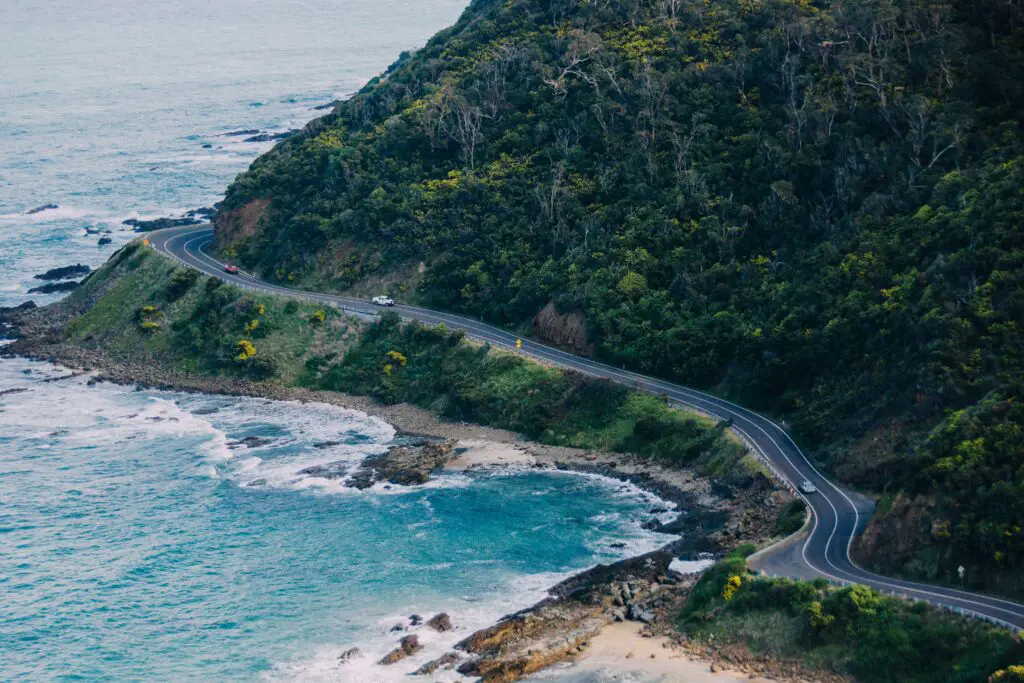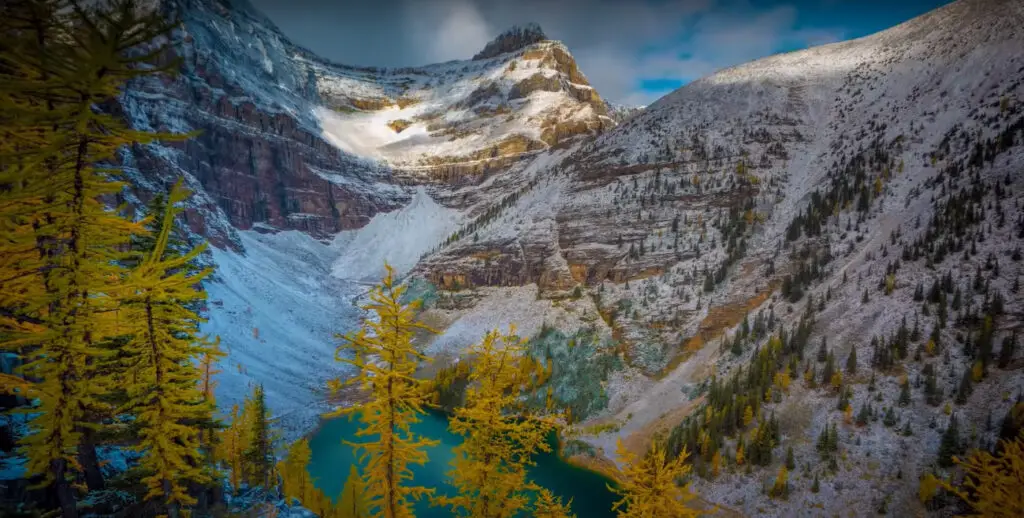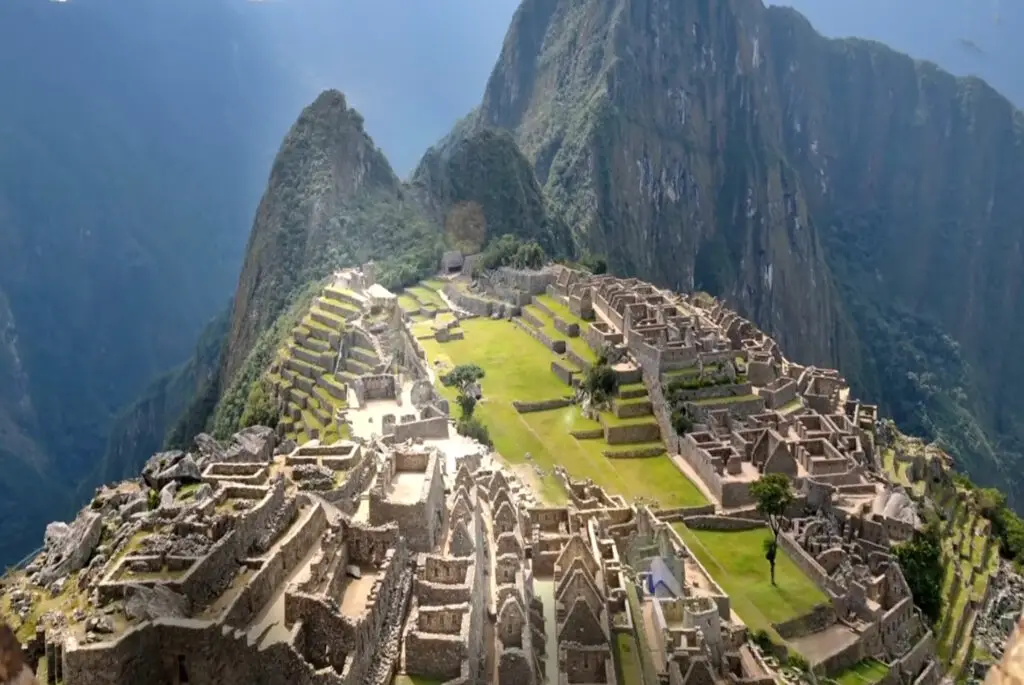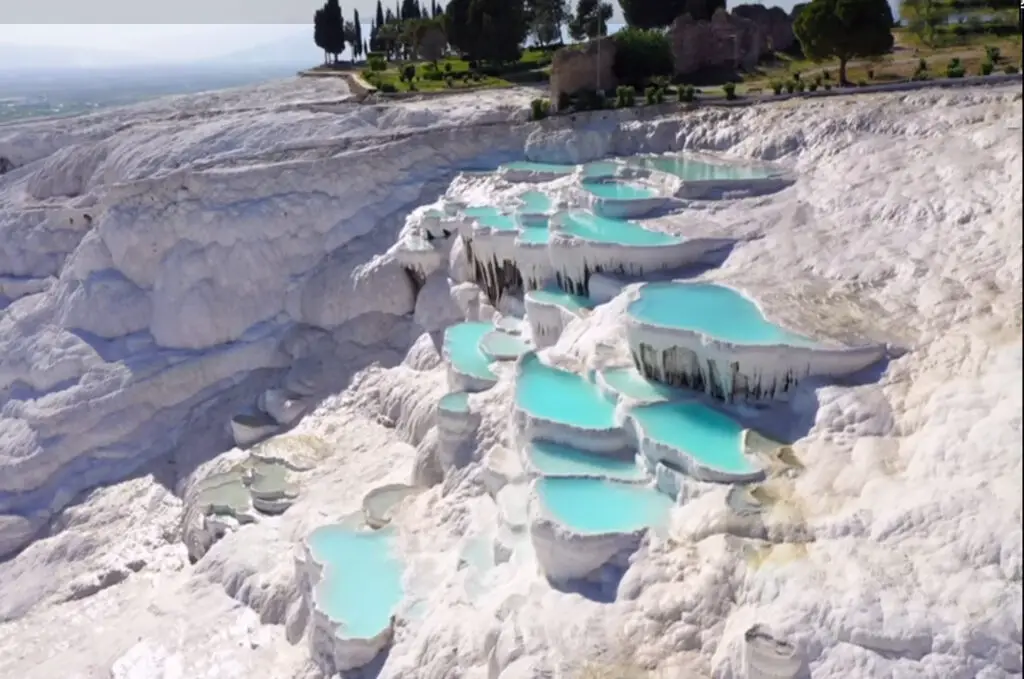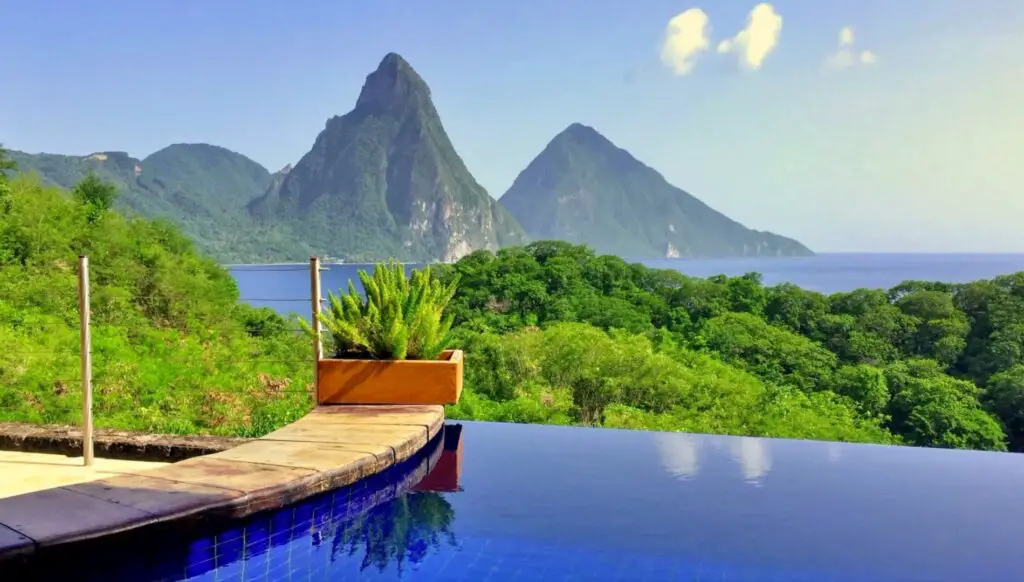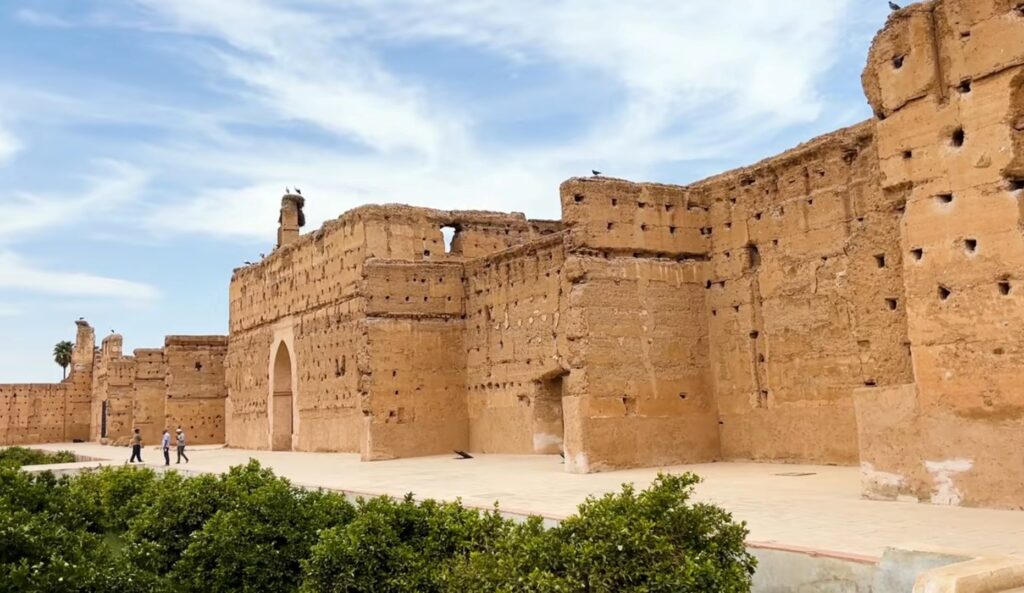City of Love Venice is one of the most picturesque cities in Italy. Beautiful floating stone palaces surrounded by an ancient network of canals.
Venice, Venezia; Venetian: Venesia or Venexia is a city in northeastern Italy and the capital of the Veneto region. It is built on a group of 118 small islands that are separated by canals and connected by more than 400 bridges. The islands are in the shallow Venetian Lagoon, an enclosed bay located between the mouths of the PO and Piave rivers (more precisely, between Brenta and Sile).
Venice, a city in northeastern Italy, is built on water due to its unique location and geological features. The city is situated on a group of 118 small islands that are separated by canals and connected by bridges. It is located in a lagoon, which is a shallow body of water that is separated from the sea by a series of sandbars and barrier islands.
Venice’s location in the lagoon was strategic and offered protection from invasions during the Middle Ages. The city was originally settled by refugees who fled from the mainland to escape barbarian invasions. The lagoon provided a natural barrier against invaders and allowed the inhabitants of the city to control the waterways and protect their city.
In 2020, about 258,685 people were living in greater Venice or the Comune di Venezia, of which about 55,000 lived in the historic island city of Venice (Centro Storico) and the rest on the mainland (Terraferma). Together with the cities of Padua and Treviso, Venice is included in the Padua-Treviso-Venice Metropolitan Area (PATREVE), which is considered a statistical metropolitan area with a total population of 2.6 million.
The City of Love Venice Location
The romantic city of Venice is located in the Veneto region of Italy — one of the northernmost states. This ancient and historically important city was originally built on 100 small islands in the Adriatic Sea. Instead of roads, Venice relies on a series of waterways and canals.
What is Venice famous for?
One of the most famous areas of the city is the world-famous Grand Canal, which was the main center of the Renaissance. Another unmistakable area is the central square in Venice, called Piazza San Marco. Here you will find a series of Byzantine mosaics, the Campanile Bell, and of course the breathtaking St. Mark’s Basilica.
The best things to do in Venice
Few cities can claim such an invaluable artistic and historical heritage as Venice. This unique city with its magical, spectacular scenery is not only beautiful; it is a true marvel of creative genius: a city built on the mud, sand, and slime of a difficult, inhospitable landscape.
The biggest attraction in the beautiful city of Venice is the architecture — enhanced by the ancient canals that surround it. In addition to Piazza San Marco and St. Mark’s Basilica, the city is home to the Gothic masterpiece of the Doge’s Palace. These pink and white marble buildings must be seen in the flesh to be fully appreciated. Not only is it a stunning example of Italian architecture, but it is also the center of the Venice Carnival celebrations every year.







Why is Venice built on water?
To build the city on water, Venice’s inhabitants created a system of canals, bridges, and buildings that were designed to withstand the challenges of living on water. The buildings were constructed on wooden piles that were driven deep into the muddy bottom of the lagoon to create a solid foundation. The canals were dredged and widened to allow boats to navigate through the city, and the bridges were built to connect the islands and allow for pedestrian traffic.
Today, the City of Love is renowned for its unique and beautiful architecture, its vibrant culture and history, and its stunning waterways. However, the city also faces significant challenges due to rising sea levels and climate change. The city is sinking, and the buildings and infrastructure that support the city are deteriorating due to the constant exposure to saltwater.
Just a short gondola ride from the Doge’s Palace is the Peggy Guggenheim Collection, one of the world’s most renowned collections of modern art. If you’re looking for more traditional works from the Renaissance period, spend some time in the Galleria dell’Accademia, where you’ll find some classics from the era.
Many places in the City of Love characterize the city’s illustrious history and connection with art and architecture. Take, for example, the Bridge of Sighs, a white limestone masterpiece that leads from the interrogation rooms of the Doge’s Palace to the prison.
But the most beautiful bridge in all of Venice has to be the Rialto Bridge. This ornate structure hangs over the Grand Canal with masterful assurance. The bridge that connects San Polo with the San Marco Sestieri has been rebuilt many times over the years.
If you are looking for entertainment in Venice, you are spoiled for choice. Spend a few hours browsing the artworks at Museo Correr or explore the exciting mix of Renaissance and modern art at Punta della Dogana.
Perhaps you’d prefer an evening of ballet or live music at Teatro La Fenice, a truly magnificent 1,000-seat theatre. If you are interested in the history of Venice, a trip to the Lace Museum or the Fortuny Museum will take you on a journey of discovery. And no trip to Venice should be complete without a trip to the Ca’ d’Oro – a Venetian-Gothic palace that is also home to Franchetti’s collection of Renaissance art.
The City is always at its busiest and most lively in the summer, from the beginning of June to the end of July. A phenomenon called acqua alta of Venice during the winter months between November and March and this can affect access to Piazza San Marco.
But if you’re going to a party during Venice Carnival, make sure you’re around late February and early March. This is the time of year when music, costumes, and the celebration of art reign supreme.
Weather and Climate in Venice, Italy
Venice has a relatively cool Mediterranean climate. High summer temperatures rarely exceed 32°C, with July and August being the hottest months. The summer months are also among the driest of the year.
It is one of the most popular Italian cities for tourists, even with all the other beautiful and historical places in Italy.
But there’s a good reason. The city of water is celebrated for its unusual circumstances, it lies on 100+ small islands connected by more than 400 bridges.
There are essentially no roads, transport is by boat along a confusing network of canals
There are many strange, unique, unusual, and secret places to discover in Venice.
Best Time To Visit Venice
The high season for Venice, Italy is during the summer from June to August when everyone has their summer holidays. It’s hot and very crowded! Try to avoid summer if you can.
The best time to visit is during the shoulder season, March-May and September – November. Still busy, but not as bad as summer.
If you want to travel on a budget, visit during the aqua alta, or “high water” months from October to January. This is when the city regularly floods.
30 Best Places to Visit in Venice, Italy
Libreria Acqua Alta Book Store
Explore Saint Mark’s Square
The Bridge Of Sighs
The Grand Canal (Canale Grande)
Ponte Di Rialto Bridge
Ride A Gondola
Gallerie Dell’Accademia
Visit Doges’ Palace (Palazzo Ducale)
St. Mark’s Basilica
Go Up San Marco Campanile
Take A Day Trip To Burano
Basilica Di Santa Maria Della Salute
Climb San Giorgio Maggiore
Check Out The Canareggio District
Eat A Traditional Tramezzino
Get Lost In Venice’s Narrow Alleys
Buy A Venetian Carnival Mask
Scala Contarini Del Bovolo
The Fight Club Bridge
Crypt Of San Zaccaria
Catch An Epic Venetian Sunset
Rialto Market Shopping
Watch A Gondola Being Made
Cool Off With Venetian Gelato
Teatro La Fenice
Grab A Drink At Hotel Danieli
Basilica Of Saints John & Paul
Ride The Vaporetto Water Taxi
Glass Making On Murano Island
Attend Venice Carnival!

